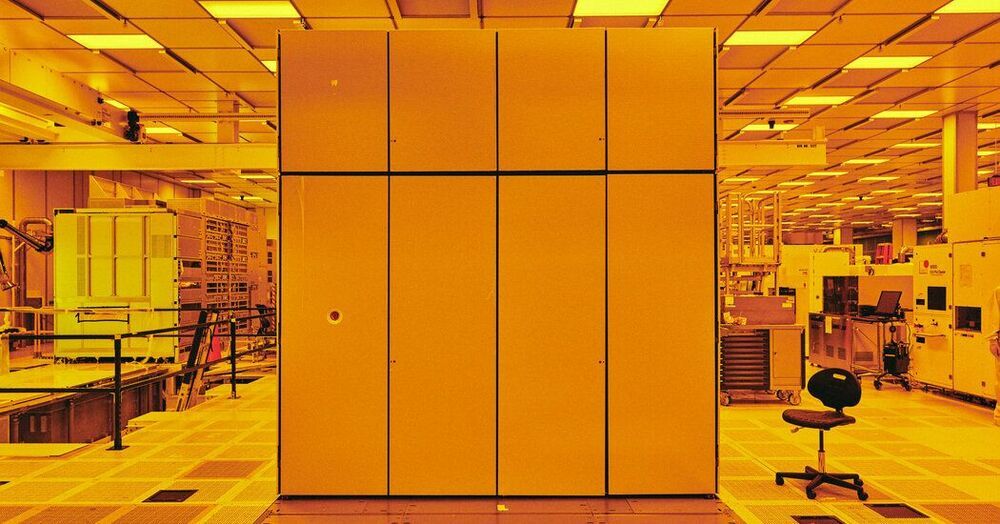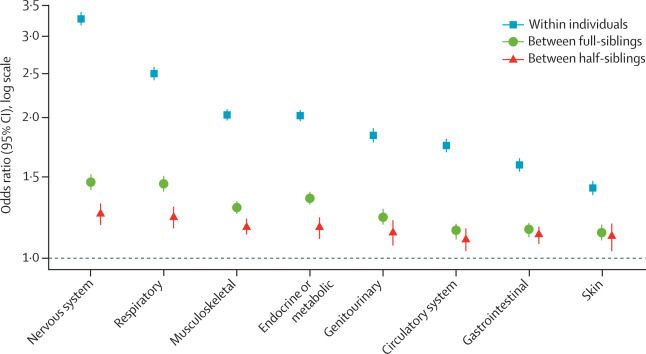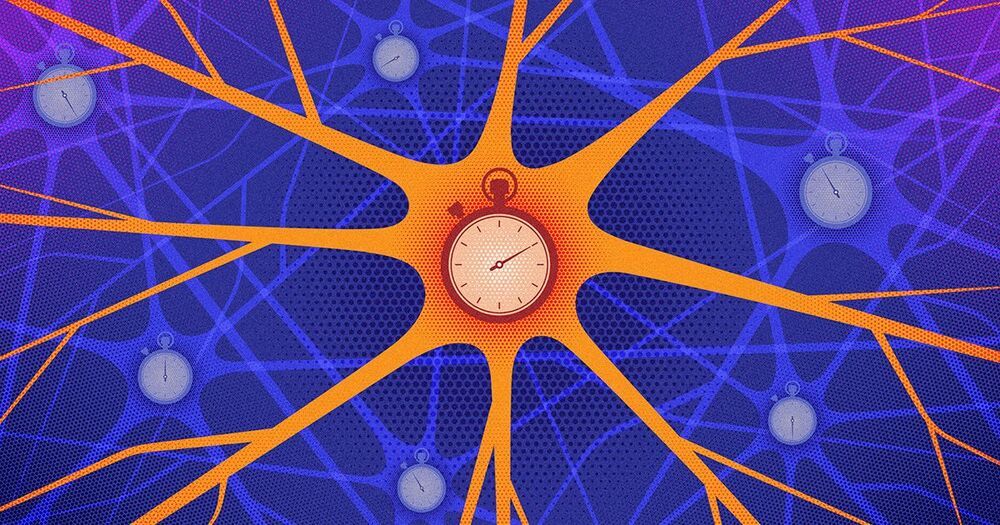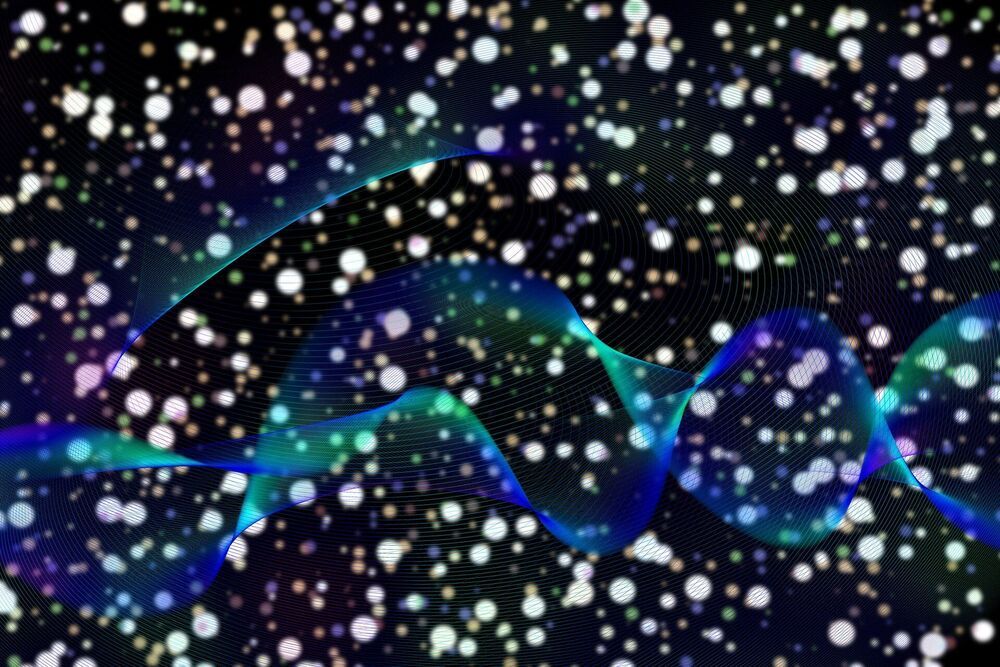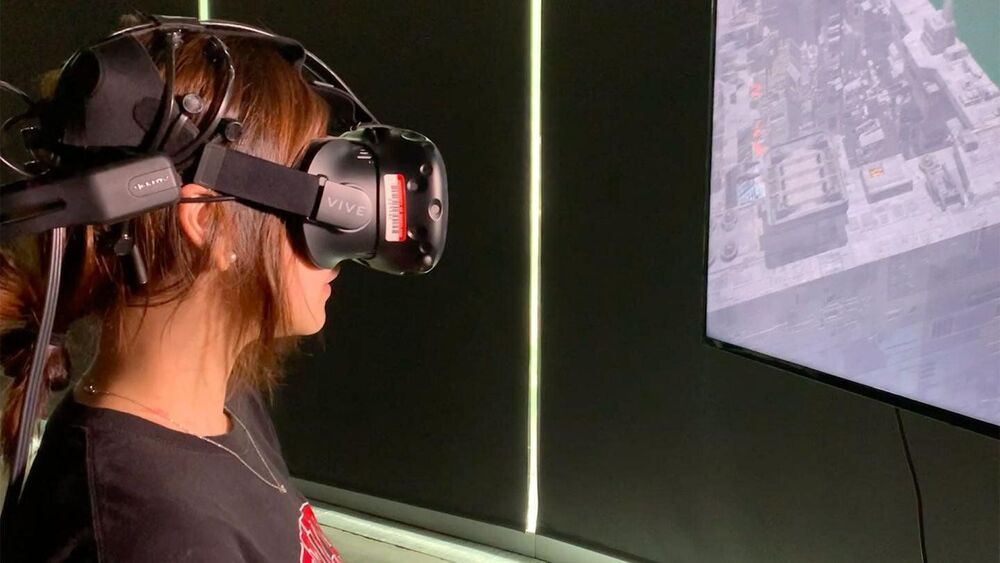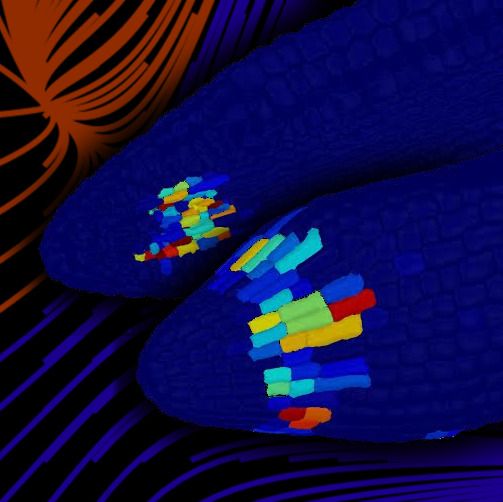ASML’s machine has effectively turned into a choke point in the supply chain for chips, which act as the brains of computers and other digital devices. The tool’s three-continent development and production — using expertise and parts from Japan, the United States and Germany — is also a reminder of just how global that supply chain is, providing a reality check for any country that wants to leap ahead in semiconductors by itself.
A $150 million chip-making tool from a Dutch company has become a lever in the U.S.-Chinese struggle. It also shows how entrenched the global supply chain is.
